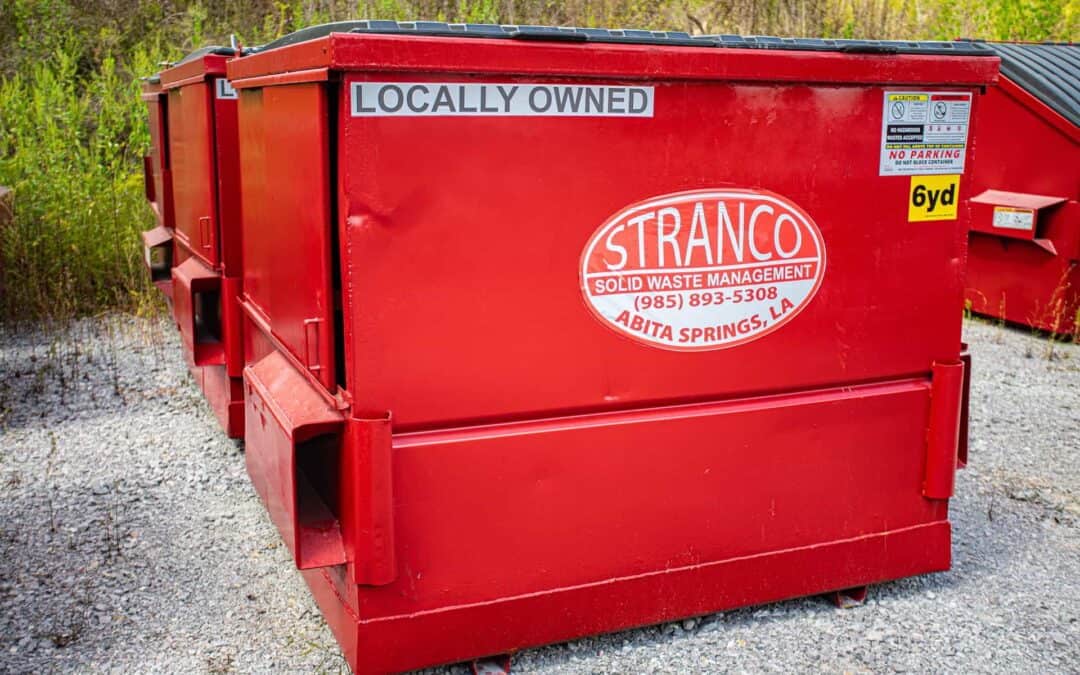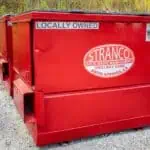Choosing a suitable container size isn’t something to take lightly. What appears to be a small detail often turns into a major issue once the cleanup begins. A dependable dumpster rental helps keep your project organized, safe, and on track. Stranco Solid Waste Management explains, “Most sizing issues happen because people visualize the footprint, not the total volume they’re disposing of. Materials stack differently, and that’s where miscalculations happen.”
1. Type and volume of project waste determine sizing needs
Project dimensions matter, but the real driver behind sizing is material type and how much of it is going into the bin. Heavy, inflexible items like cabinets, doors, and bricks eat up space faster than expected. Even a medium-size remodeling project can outgrow a small dumpster if it involves structural changes or multiple rooms.
-
Large items create gaps between materials, reducing bin efficiency
-
Lightweight debris like insulation still fills space quickly
-
Calculating debris by cubic yard volume helps avoid size misjudgment
2. Frontload dumpsters handle routine business waste efficiently
Businesses with recurring waste cycles benefit from using frontload dumpsters in 2, 4, 6, or 8 cubic yard sizes. These containers work well for packaging, food waste, recyclables, and general refuse. A medical office may only need a 2-yard bin emptied weekly, while a busy hotel or grocery store could rely on an 8-yard container serviced three times per week.
According to EPA estimates, commercial establishments in the U.S. generate over 90 billion pounds of waste annually, much of it requiring scheduled collection to prevent overflow and safety hazards.
-
2-yard bins are ideal for small-scale daily disposal
-
6-yard containers work well in mid-size offices or restaurants
-
8-yard bins offer greater capacity for facilities with high foot traffic
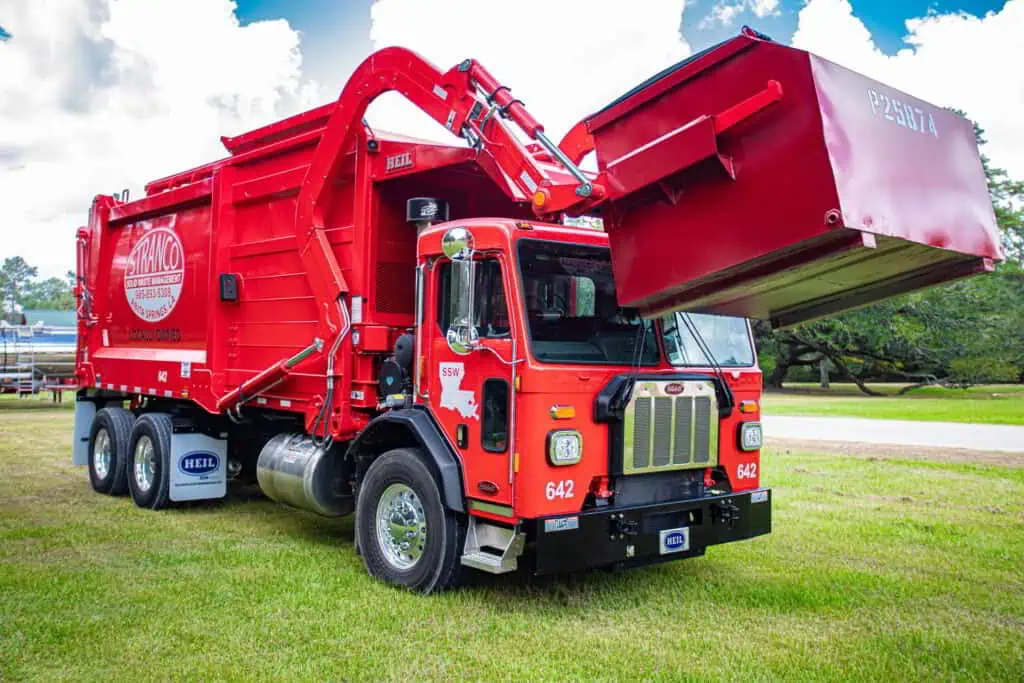
3. Home renovation projects create surprising debris loads
Residential renovations often yield more waste than initially estimated, especially when demolition is involved. Stripping out cabinets, fixtures, flooring, and drywall adds bulk fast. A homeowner doing a simple kitchen refresh might assume a 10-yard bin is enough, only to realize later that flooring adhesive, drywall scraps, and old appliances have maxed it out halfway through.
According to the National Association of Home Builders, remodeling debris averages 20 to 85 pounds per square foot depending on the materials and scale.
-
Full-room upgrades should always be measured in debris output, not just square footage
-
A mix of light and dense materials can be misleading in terms of volume
-
Planning with a 15–20% margin prevents mid-project rental swaps
4. 30 yard roll off dumpsters support demanding construction jobs
Construction sites generate a high volume of dense, irregular waste like framing wood, drywall, concrete, and roofing shingles. A 30 yard roll off dumpster gives builders enough capacity to stay on schedule without frequent interruptions. These dumpsters hold approximately nine pickup truck loads of debris and reduce downtime caused by overloaded or unavailable containers.
EPA reports reveal that more than half of all landfill-bound material comes from demolition and construction, reinforcing the need for smart container sizing.
-
Perfect for whole-home remodels, new additions, or roofing replacements
-
Reduces labor costs by minimizing how often bins are emptied
-
Essential for contractors balancing multiple project timelines
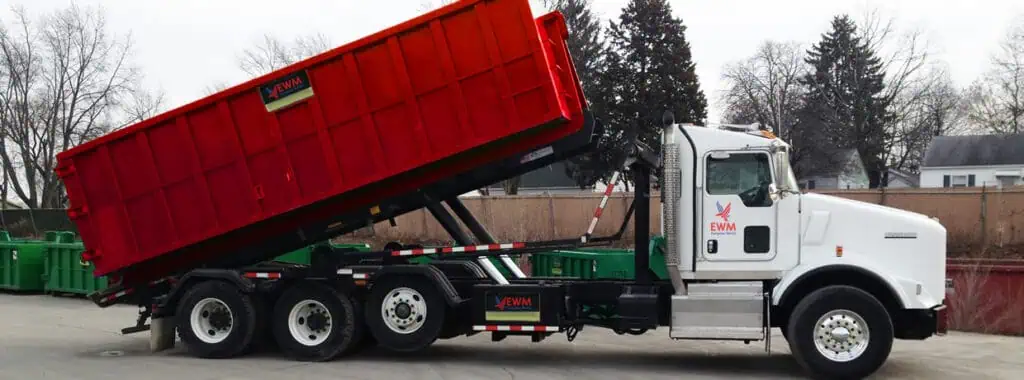
5. Waste production frequency affects dumpster rental strategy
Ongoing waste generation—especially in retail, hospitality, or food services—needs to be aligned with bin size and how often it’s emptied. Choosing a larger bin doesn’t solve issues if pickups are infrequent, and smaller bins can work just as well with a tight collection schedule. Seasonal shifts, event spikes, and employee headcount all influence the right configuration.
The EPA notes that small and mid-size businesses often underestimate how quickly waste accumulates, especially during seasonal surges.
-
Pickup frequency should increase during high-volume periods
-
Oversized bins can waste space if underfilled or serviced infrequently
-
Right-sizing means balancing container capacity with operational timing
6. Physical space restrictions influence bin selection
Every site has physical limitations, and these directly affect which dumpsters are appropriate. Tight driveways, narrow alleys, and overhead utility lines can prevent larger containers from being placed safely. Even the angle of the driveway or terrain slope can change what’s feasible for roll off delivery.
Stranco often advises property owners to conduct a visual check and take measurements before scheduling delivery to avoid delays.
-
Allow at least 60 feet of straight-line access for roll off bins
-
Clearance of 14 feet or more is required for safe overhead delivery
-
Smaller containers may be necessary when maneuverability is limited
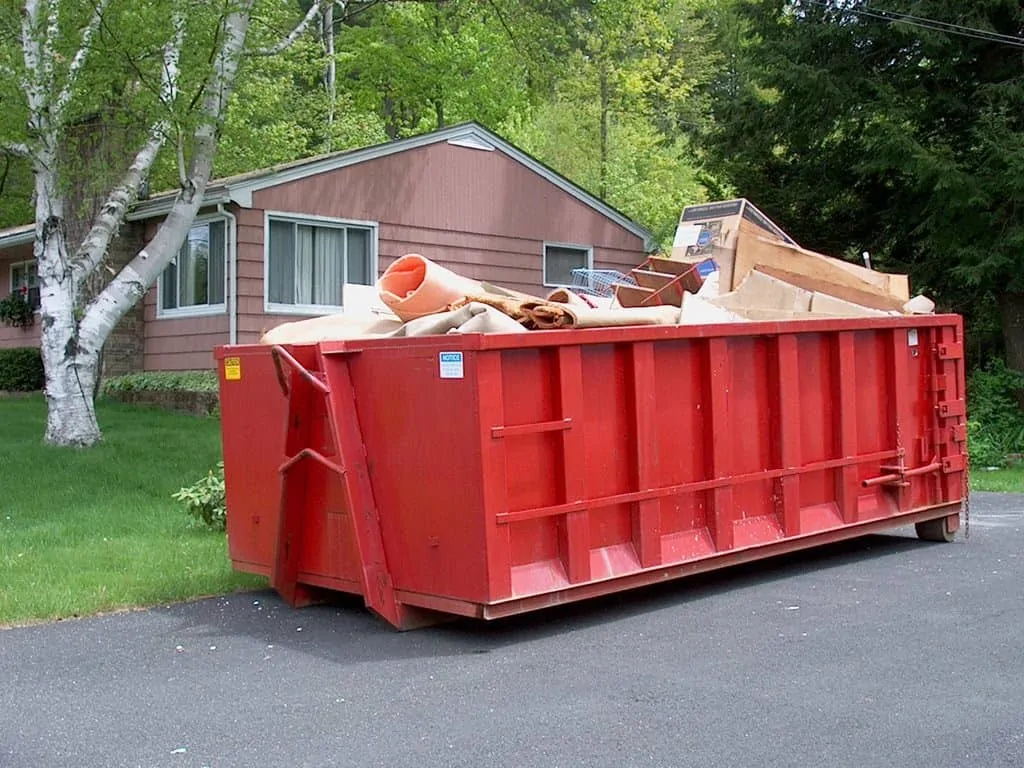
7. Weight limits and prohibited materials change what fits
Weight restrictions are easy to overlook but can significantly affect how much a dumpster can safely hold. Dense materials such as bricks, tile, soil, and plaster add up quickly, often exceeding tonnage limits long before the bin is full. Most providers also follow landfill rules that prohibit certain items like chemicals, tires, electronics, or flammable liquids.
The EPA maintains strict guidelines on hazardous waste disposal, with violations potentially leading to fines or bin rejections.
-
Materials like concrete or asphalt require containers rated for heavy loads
-
Exceeding weight limits incurs extra charges and risks service refusal
-
Prohibited items must be separated and disposed of through proper channels
Key takeaways for smarter dumpster rental decisions
Choosing a dumpster rental that fits your project isn’t just about picking the biggest bin you can afford. It’s about understanding how waste type, weight, access, and frequency all interact. By planning ahead and reviewing site conditions, business owners and homeowners can avoid missteps that slow progress and drive up expenses.
-
Home remodels and upgrades need flexible sizing based on debris composition
-
Commercial containers should match steady output and service schedules
-
Construction jobs benefit from high-capacity bins that reduce downtime
-
Space and terrain shape the kind of bin that can be delivered
-
Local laws and landfill rules affect what can be placed in each dumpster
Frequently Asked Questions
How do I estimate the correct dumpster size for my home project?
Start by listing materials involved and multiplying project square footage by estimated debris weight. Add a margin to prevent overflow.
Is a 30 yard roll off suitable for a full roof replacement?
Yes, most roof tear-offs involving multiple layers of shingles are well served by a 30 yard dumpster.
Can I throw everything into one container?
Not always. Many locations prohibit mixing certain waste types, like electronics, paint, and batteries, with general debris.
What happens if the bin exceeds the weight limit?
You’ll likely be charged per additional ton, and the bin may need to be partially emptied before it can be hauled.
Do I need a permit to place a dumpster on my property?
You may need one if the dumpster is placed on public streets or blocks sidewalks. Check with your local municipal office before scheduling.
Louisiana News Post provides expert advice on home and garden services like gardening, landscaping, hardscaping, renovating, remodeling, roofing, HVAC, and interior design to help readers create their dream spaces. Their practical tips and creative solutions are inspired by years of hands-on experience and a commitment to affordable living. Whether you’re a seasoned handyman or just starting to explore home improvement, Louisiana News Post’s articles are a reliable resource for innovative ideas and detailed guidance.

